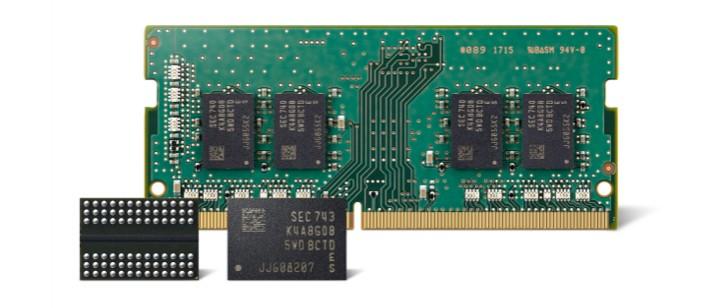The new year is knocking at our doors and Samsung keeps on announcing its amazing new technologies.
On December 20, Samsung Electronics Co Ltd announced that they have developed the world's smallest DRAM chip, widening its technical lead on competitors as it races towards a record operating profit in 2017, driven by the semiconductor business.
Samsung states, "The 'second-generation' 10-nanometre class, 8-gigabit DRAM chips with improved energy efficiency and data processing performance would be geared toward premium data-crunching electronics such as cloud computing centres, mobile devices and high-speed graphics cards."

The South Korean Company, who is globally leading in computer chips, televisions and smartphones and many other electronics goods market, claimed that it will shift most of its existing DRAM production capacity to 10-nano chips in 2018.
In simple words DRAM is Dynamic random access memory. It is a type of memory that is typically used for data or program code that a computer processor needs to function. DRAM is a common type of random access memory (RAM) used in personal computers, workstations and servers.

Gyoyoung Jin, president of Memory Business at Samsung Electronics, said that this "aggressive" production expansion would "accommodate strong market demand."
According to Samsung Newsroom, "Samsung has finished validating its 2nd-generation 10nm-class DDR4 modules with CPU manufacturers, and next plans to work closely with its global IT customers in the development of more efficient next-generation computing systems."
With the appointment of a new generation of top managers in its three main businesses, including semiconductors, in late October, the South Korean giant state that it was not looking to expand chip shipments immediately but was investing to maintain longer-term market position.
With these advancements, the company is now speeding up its plans for more frequent introductions of next-generation DRAM chips and systems, including DDR5, HBM3, LPDDR5 and GDDR6, which can be used in enterprise servers, mobile devices, supercomputers, HPC systems and high-speed graphics cards.

















